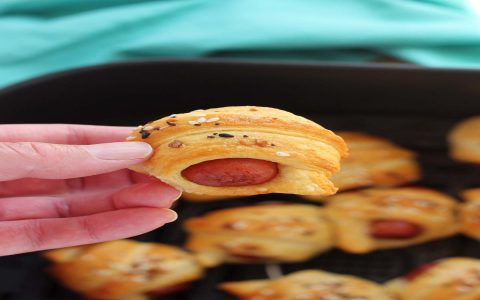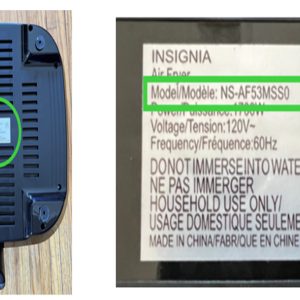Understanding Pie Crust Pigs in a Blanket
This dish offers a delightful twist on the classic appetizer, utilizing pie crust for a flakier and often more savory encasement for small sausages. The result is a buttery, tender bite that contrasts well with the savory filling, distinguishing it from versions made with crescent roll dough or puff pastry.
Key Characteristics:
- Texture: Pie crust provides a distinctively flaky and tender crumb.
- Flavor Profile: Generally less sweet than some alternatives, allowing the savory notes of the sausage and the rich butteriness of the crust to be prominent.
- Versatility: Easily adapted with various seasonings applied to the crust or by using different types of sausages.
Core Components & Preparation
Crafting these involves a few essential elements and straightforward steps for a gourmet yet simple treat.

Ingredients:
- Sausages: Cocktail wieners, little smokies, or even larger sausages (like bratwurst or Italian sausage) cut into 1.5 to 2-inch lengths are suitable. Ensure they are pre-cooked or will cook through fully during the baking time.
- Pie Crust: One package of refrigerated or frozen pie crusts (typically containing two crusts) is sufficient for a standard batch. High-quality, all-butter store-bought crusts yield excellent results. Alternatively, a homemade pie crust recipe can be used.
- Optional Enhancements:
- Egg Wash: One egg beaten with a tablespoon of water or milk for a golden, glossy finish and to help toppings adhere.
- Toppings: Sesame seeds, poppy seeds, caraway seeds, flaky sea salt, or everything bagel seasoning.
- Cheese: Finely grated Parmesan or cheddar can be sprinkled over the egg wash before baking.
Method:
- Prepare Crust: If using frozen pie crust, thaw according to package directions. If refrigerated, unroll gently. On a lightly floured surface, ensure the crust is about 1/8-inch thick. If it's thicker, you may gently roll it slightly thinner.
- Cut Crust: Using a pizza cutter or sharp knife, cut the pie crust into strips approximately 3/4 to 1 inch wide and 3 to 4 inches long, depending on the size of your sausages. The strip should be long enough to wrap around the sausage 1.5 to 2 times.
- Wrap Sausages: Pat the sausages dry with a paper towel; this helps the crust adhere better and prevents sogginess. Wrap a strip of pie crust dough around each sausage, starting at one end and spiraling towards the other. Press the end of the crust strip gently to seal it. Avoid wrapping too tightly.
- Arrange: Place the wrapped sausages seam-side down on a baking sheet lined with parchment paper or a silicone baking mat. Leave a small space (about 1 inch) between each one for even baking.
- Chill (Recommended for Flakiness): For an extra flaky crust, cover the baking sheet with plastic wrap and chill the assembled pigs in a blanket in the refrigerator for at least 30 minutes (or up to 2 hours) before baking. This allows the fat in the pie crust to firm up.
- Apply Enhancements (Optional): If using, lightly brush the tops of the crust with the prepared egg wash. Immediately sprinkle with your chosen toppings.
- Bake: Preheat oven to 400°F (200°C). Bake for 15-20 minutes, or until the crust is deeply golden brown, puffed, and flaky, and the sausages are heated through. If using larger, raw sausage pieces, ensure they reach an internal temperature of 165°F (74°C).
Tips for Optimal Results
- Keep Dough Cold: Work with cold pie crust and handle it as little as possible. If the dough becomes warm and sticky, return it to the refrigerator for 15-20 minutes.
- Do Not Overwork: Overworking pie dough develops gluten, resulting in a tougher crust.
- Proper Sealing: Ensure the crust is adequately sealed to prevent it from unraveling during baking. A dab of water or egg wash can help seal the edge if needed.
- Ventilation (Minor): While not always necessary for small openings, if you fully encase a sausage, a tiny slit on top can allow steam to escape. For spiral-wrapped versions, this is not an issue.
- Consistent Sizing: Try to cut sausages and crust strips to a uniform size for even baking.
- Serving: Serve warm with dipping sauces such as Dijon mustard, honey mustard, spicy ketchup, or a gourmet aioli.












